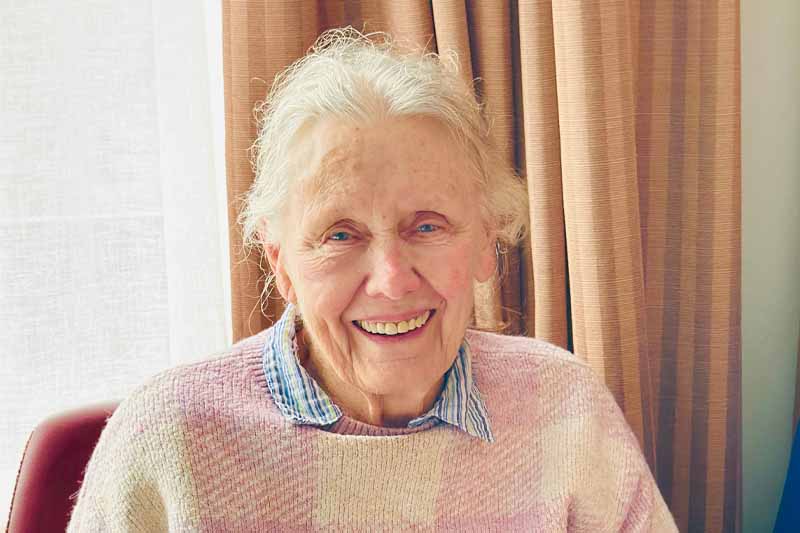Parkinson’s is a progressive, degenerative condition of the central nervous system. Neurological diseases are the world’s greatest contributor
to disability – and Parkinson’s is the most prevalent neurological condition. It has no cure. There are currently more than 200,000 people living
with the disease in Australia, including more than 69,000 people in NSW. By 2040, the number of people living
with Parkinson’s in Australia is expected to double.
Facts about Parkinson’s disease:
• Parkinson’s is more prevalent than breast, prostate, and bowel cancer combined. Yet it receives far less Government funding than these other diseases.
• With more than 50 symptoms, Parkinson’s is complex, misunderstood, and in some cases misdiagnosed.
• Men are twice as likely to be diagnosed with Parkinson’s than women.
• Common Parkinson’s symptoms include shaking and tremor, rigid and stiff muscles, slowness of movement and a frozen facial expression.
• Non-motor symptoms include anxiety, fatigue, pain, sleep problems, depression, eating and swallowing and more.
• Loss of smell and small handwriting may be an early sign of Parkinson’s.
More information please visit www.parkinsons.org.au
Here’s how staying active can really help people with Parkinson’s. Enhancing Daily Living Through Exercise for Parkinson’s Disease People with Parkinson’s might find it harder to move around as easily as they used to. This can make daily tasks a bit more challenging. Parkinson’s disease can cause stiffness and difficulty moving.
Exercise can help improve flexibility, balance, and coordination, making it easier to perform everyday tasks.
Engaging in regular, gentle exercises can strengthen muscles and improve balance and coordination, all of which are important for preventing falls. Also doing regular aerobic exercises, which are activities that get your heart rate up, can make a big difference.
The key is consistency and focusing on activities that enhance balance and strength:
Boosting Movement and Flexibility:
The stiffness and movement challenges common inParkinson’s can be alleviated through regular physical activity.
Engaging in exercises aimed at enhancing flexibility, balance, and coordination can make everyday movements smoother and less cumbersome.
Minimising Fall Hazards:
With the increased risk of falls linked to Parkinson’s, due to changes in balance and coordination, a consistent exercise regimen can be a key preventive measure.
Strengthening balance and coordination through exercise significantly lowers the chance of falls.
Building Strength and Stamina:
Regular physical activity is instrumental in bolstering muscle strength and boosting stamina. This enhancement in physical capacity can simplify the execution of daily routines and activities.
Elevating Mental Health:
Exercise is not just beneficial for the body but also for mental health. Regular physical activity can lift spirits and alleviate symptoms of depression and anxiety, which are
often encountered by those with Parkinson’s.
Delaying Disease Advancement:
Emerging research indicates that physical exercise might not only offer symptomatic relief but also potentially slow the progression of Parkinson’s.
This is believed to be due to exercise’s role in supporting brain health and the vitality of neural cells.
Improving Life Quality:
At its core, regular exercise aims to uplift the overall quality of life for individuals with Parkinson’s. By mitigating symptoms and fostering both physical and mental health improvements, exercise empowers individuals to lead a more active and fulfilling life.
Adopting a routine that incorporates physical exercise can provide comprehensive benefits for those managing Parkinson’s disease, enhancing not just physical abilities but also contributing to emotional well-being and potentially influencing the disease’s progress.











